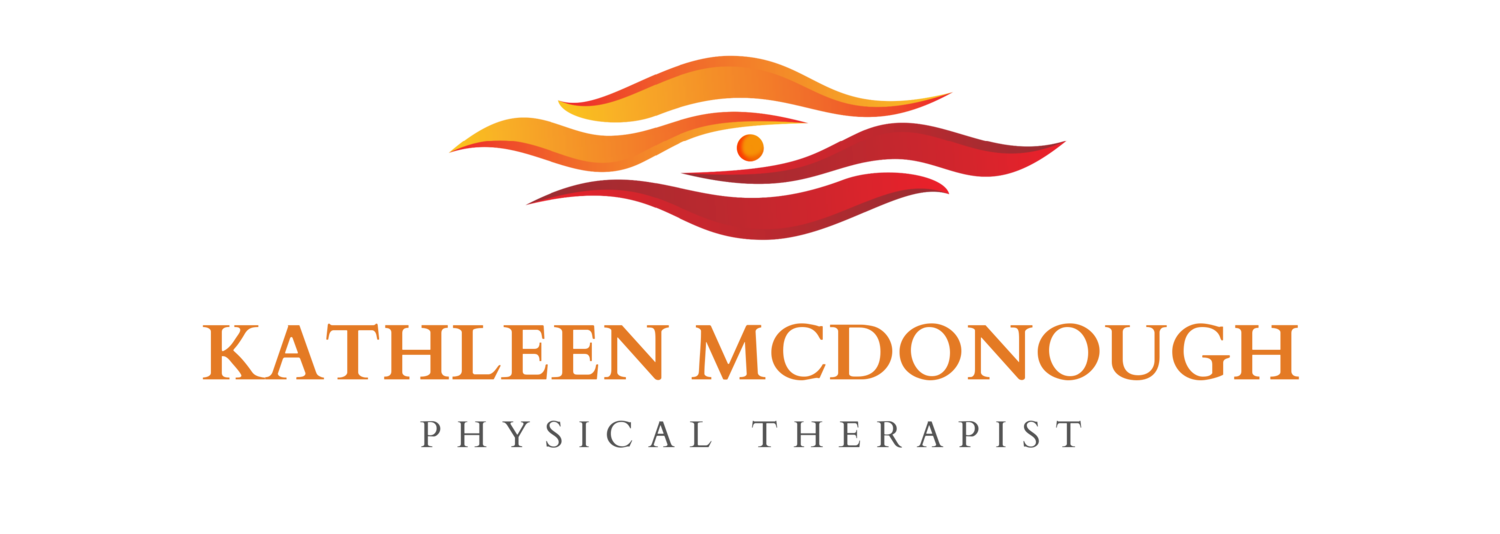BLOOD FLOW RESTRICTION THERAPY
I became aware of a new tool and technique back in February of 2020 at our physical therapy conference in Denver called Blood Flow Restriction. And it’s the craziest thing I've seen probably in 37 years of practice. But I was so impressed by the research and the variability of how this tool can be used in different populations that I came home and told my officemate about it. We went to a course on this new therapy as they happened to be coming to San Francisco within a week or so. We were both, again, blown away way by what this tool can do, which is basically doing low load exercise under tourniquet compression, either on the upper arm or on the upper thigh. And the effects of this is that you can get fast and great results doing low load exercise. So doing fairly easy exercise under the tourniquet compression, you can get the same results with that you do with lifting heavy weights.
So you can imagine that if you're a professional basketball player and you're in your 30s, you're using this to help your recovery after a game. If you're an athlete, such as a major league baseball pitcher, and you had Tommy John's surgery on your elbow or rotator cuff surgery on your shoulder, they are doing this as well. It was developed with veterans coming back from the middle east with massive blast trauma to, say, their thigh - where they lost a lot of muscle tissue. The surgeons now could save their limb - they had the techniques to save the limb, but there was such a large loss of muscle that vets were coming back a year later saying, "Cut it off, doc. I can't power myself. I can't run. I can't go back to active duty. I can't chase after my kids. Just cut it off and give me a prosthetic leg." And what Johnny Owens did was look at this situation and said, "No, no, no, that's not good enough."
And he really looked into this technique, which had been developed previously in Japan, and he really took it to the next level so that it was medically absolutely safe and reproducible for us to use safely in the clinics. And the results are not just strength in that limb. There's strength in the other limb as well. There are metabolic changes. There's an increase in VO2 max. The changes that can happen with this are really, like I said, the craziest thing I've seen in 37 years of practice.
So right after that, COVID hit, we shut down. I couldn't practice on anybody for a while. But I couldn't really justify a fairly expensive piece of equipment. But recently I had a young basketball player, he and I talked about it, I told him to check out some of the stories on ESPN about it, about athletes that had used it in their rehabilitation.
And he encouraged me to get it. And he was very persuasive and I was very excited about it anyway. So I got this a couple months ago, have started to use it. I'm actually using it in the Pilates environment, which I don't believe has ever been done before. Documenting our results, so far so good. He's getting great gains of strength and has gotten clearance from his physician to go back to starting to do actually jumping, he's only a few months post-op. So he's really getting pretty impressive gains with this. It's also something that can be applied for older people who have, say, had a knee replacement and never got full strength back or an ACL reconstruction and never felt quite strong enough on the ski slope to do the moguls like they used to. This thing I think is going to change how we rehabilitate and get much better full function strength back.
Kathleen McDonough
PT, MA, NCPT Physical Therapist &Nationally Certified Pilates TeacherMarin County




